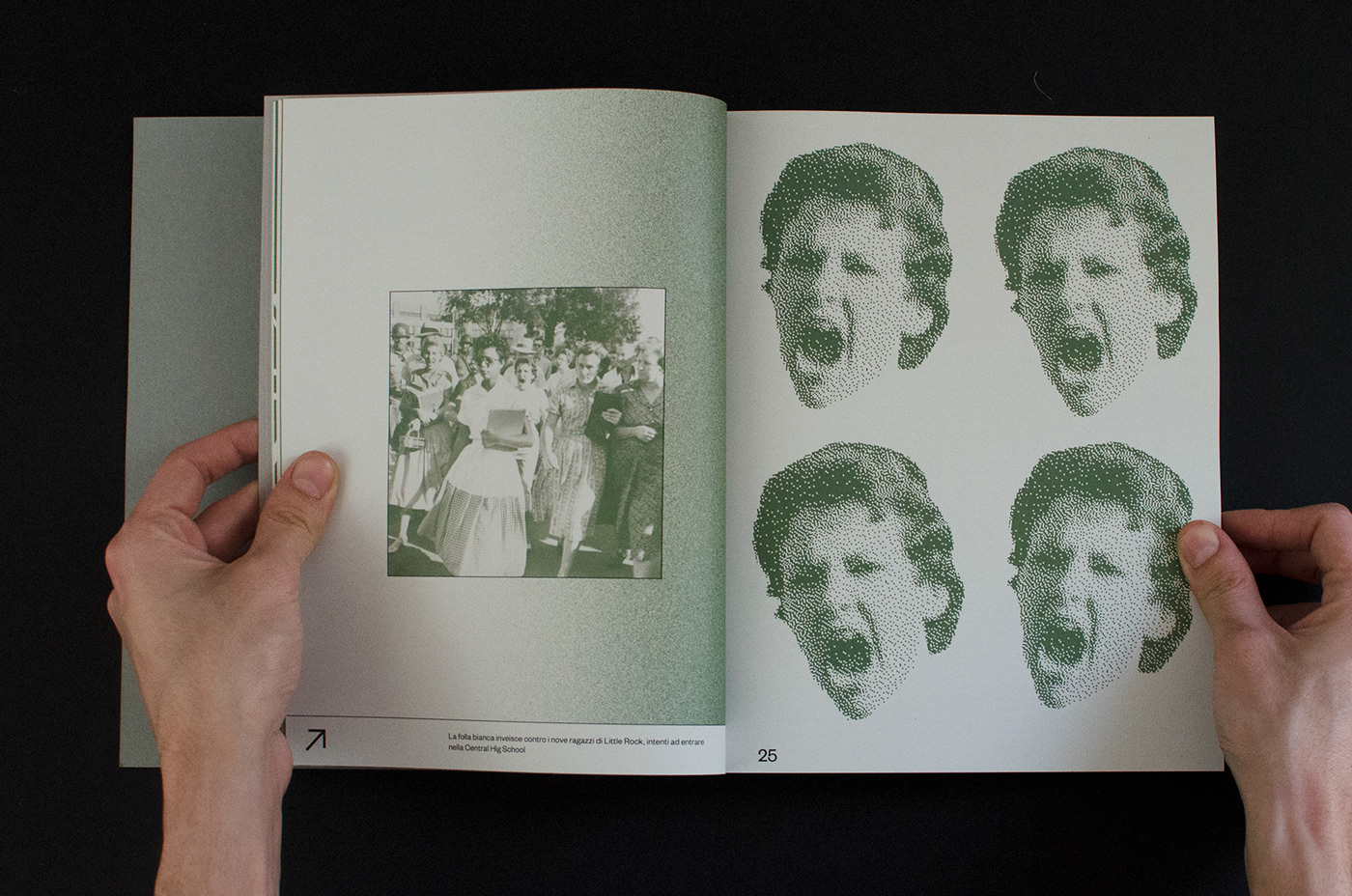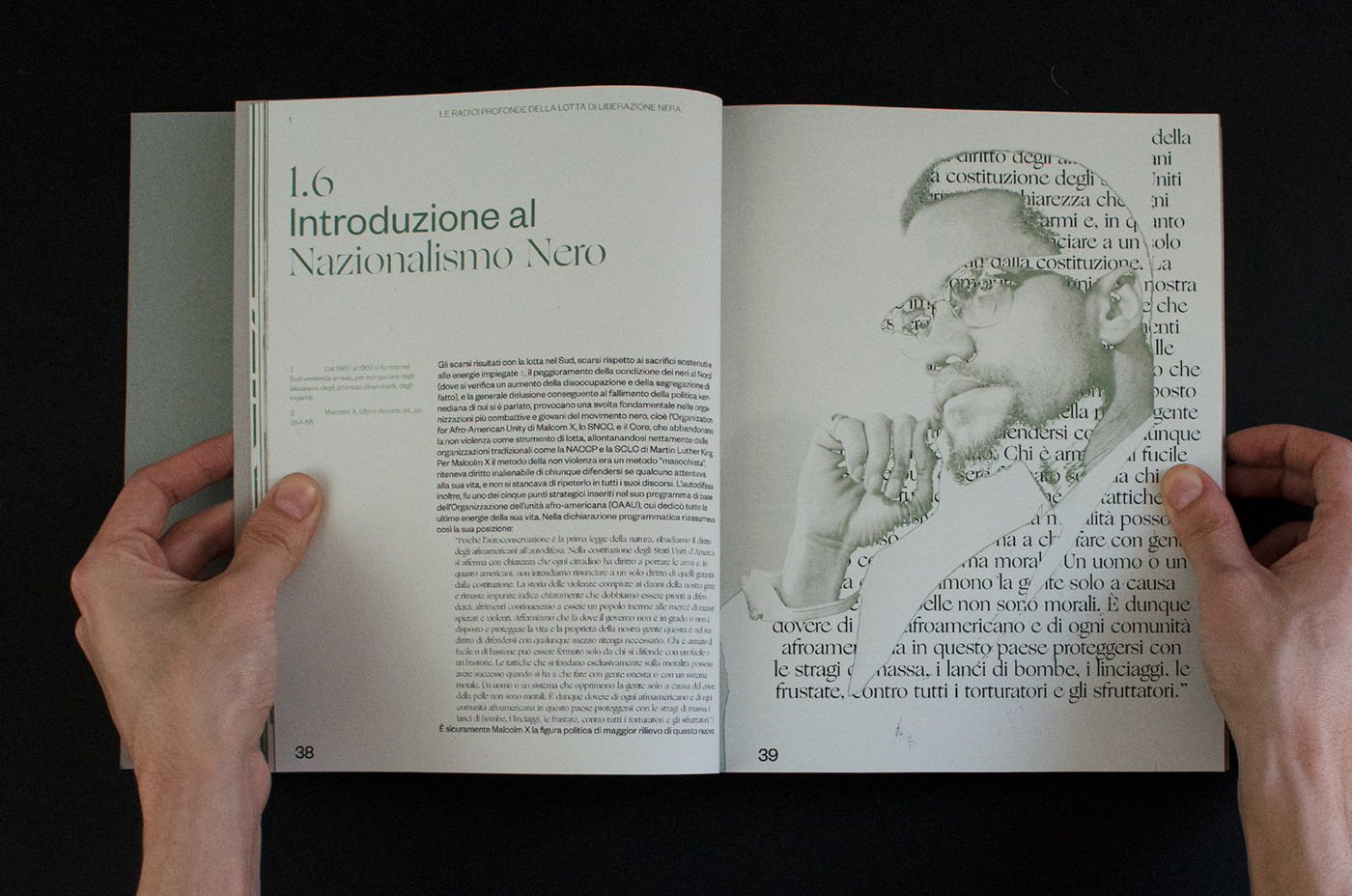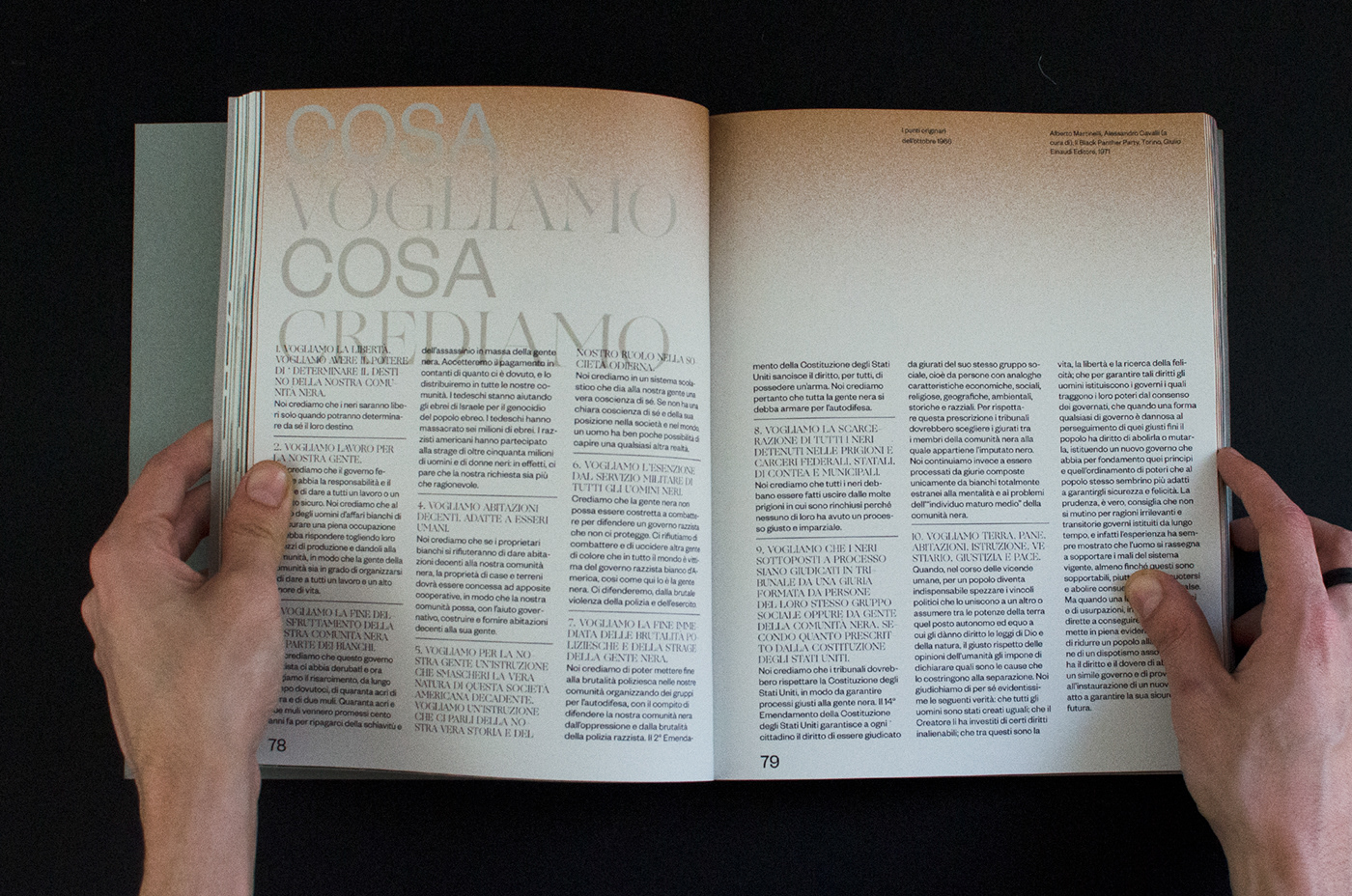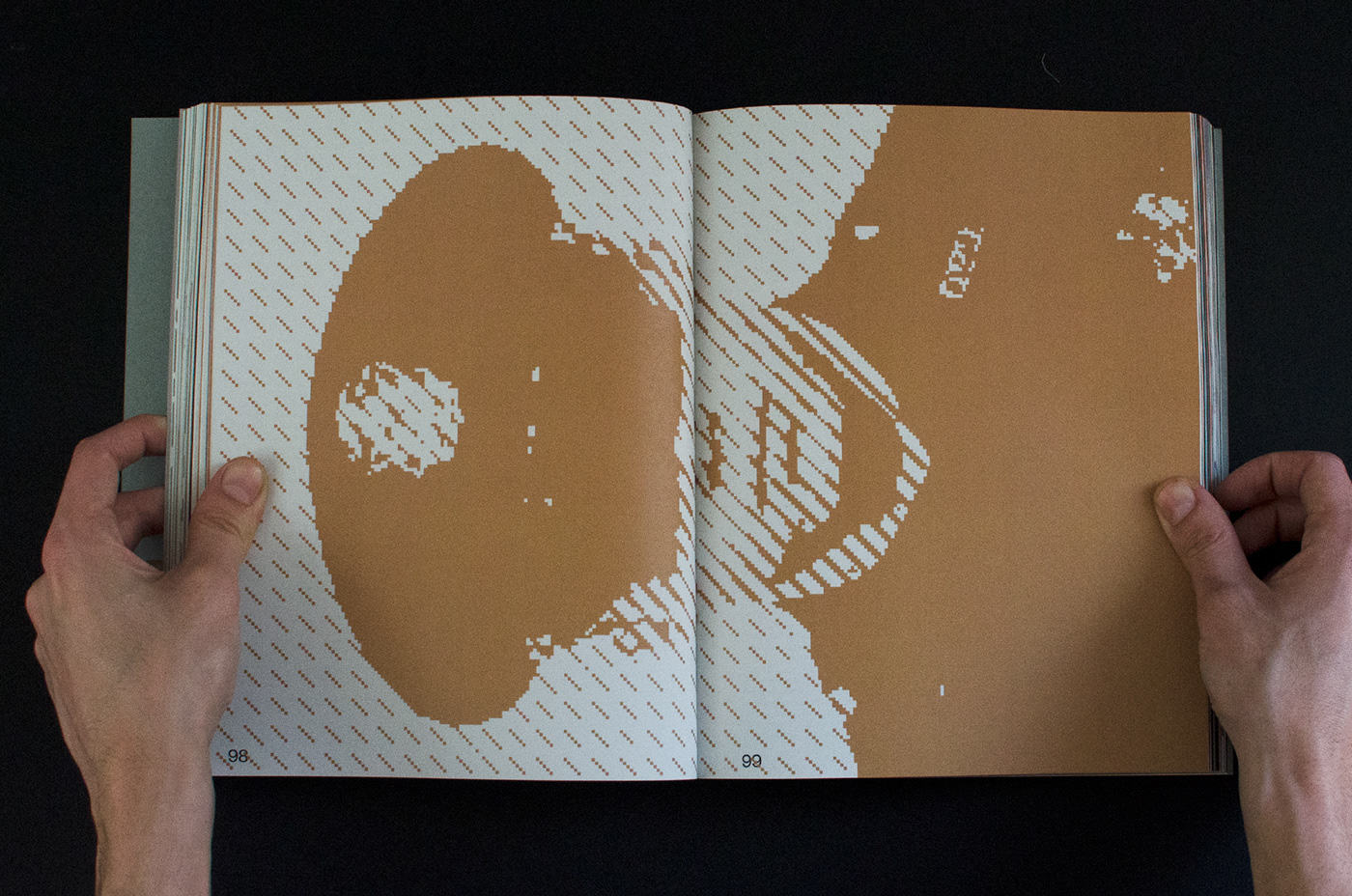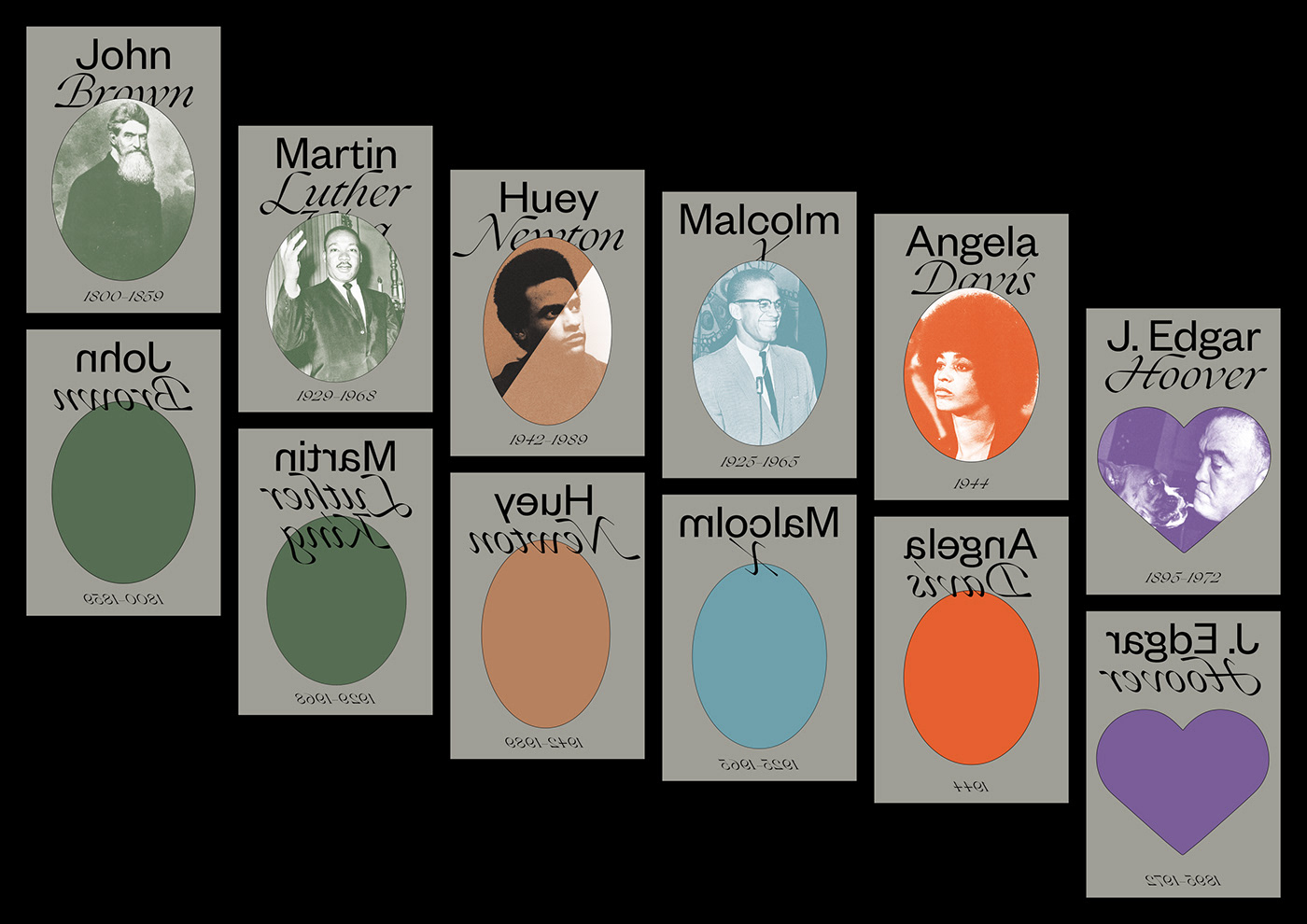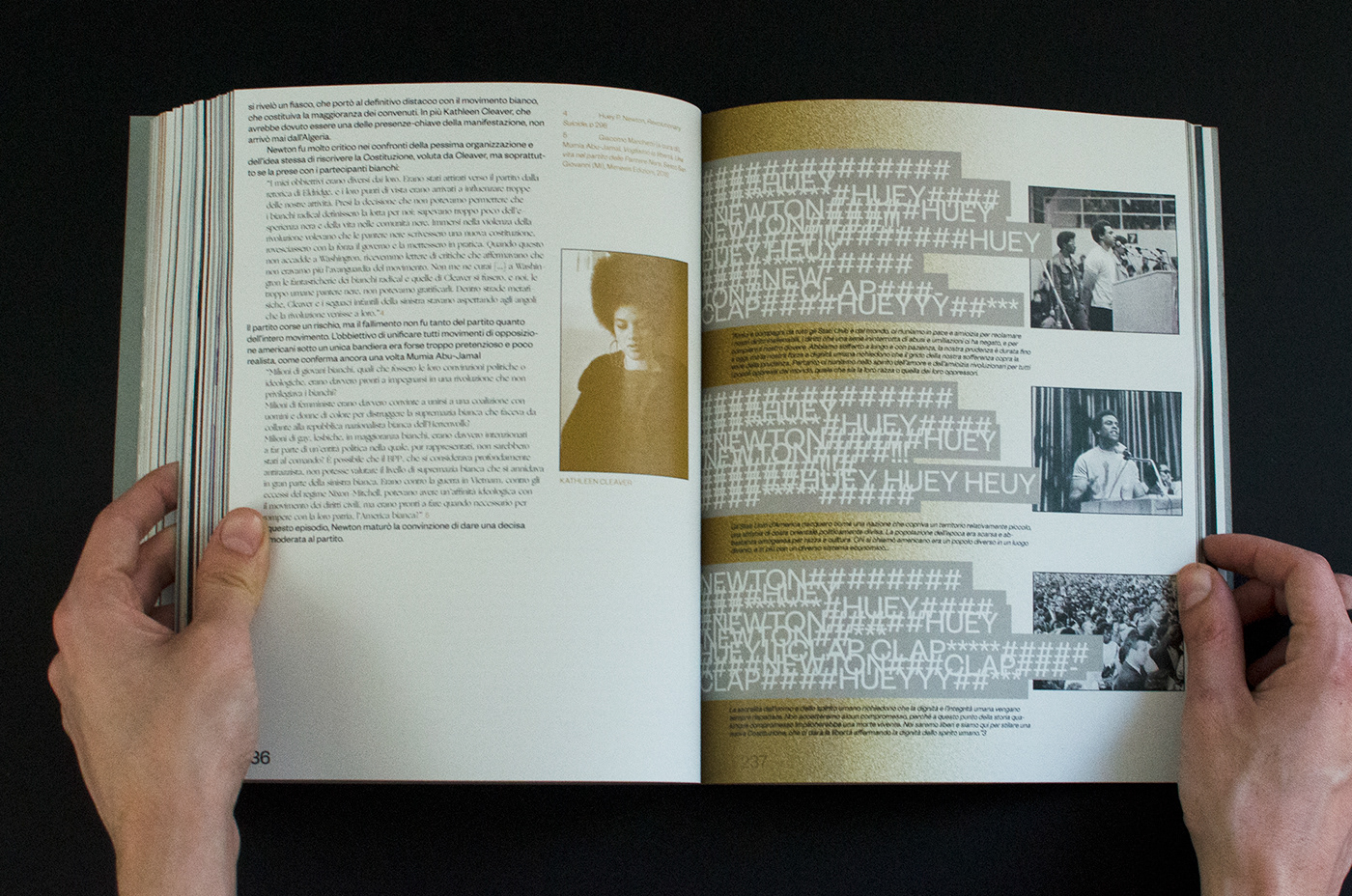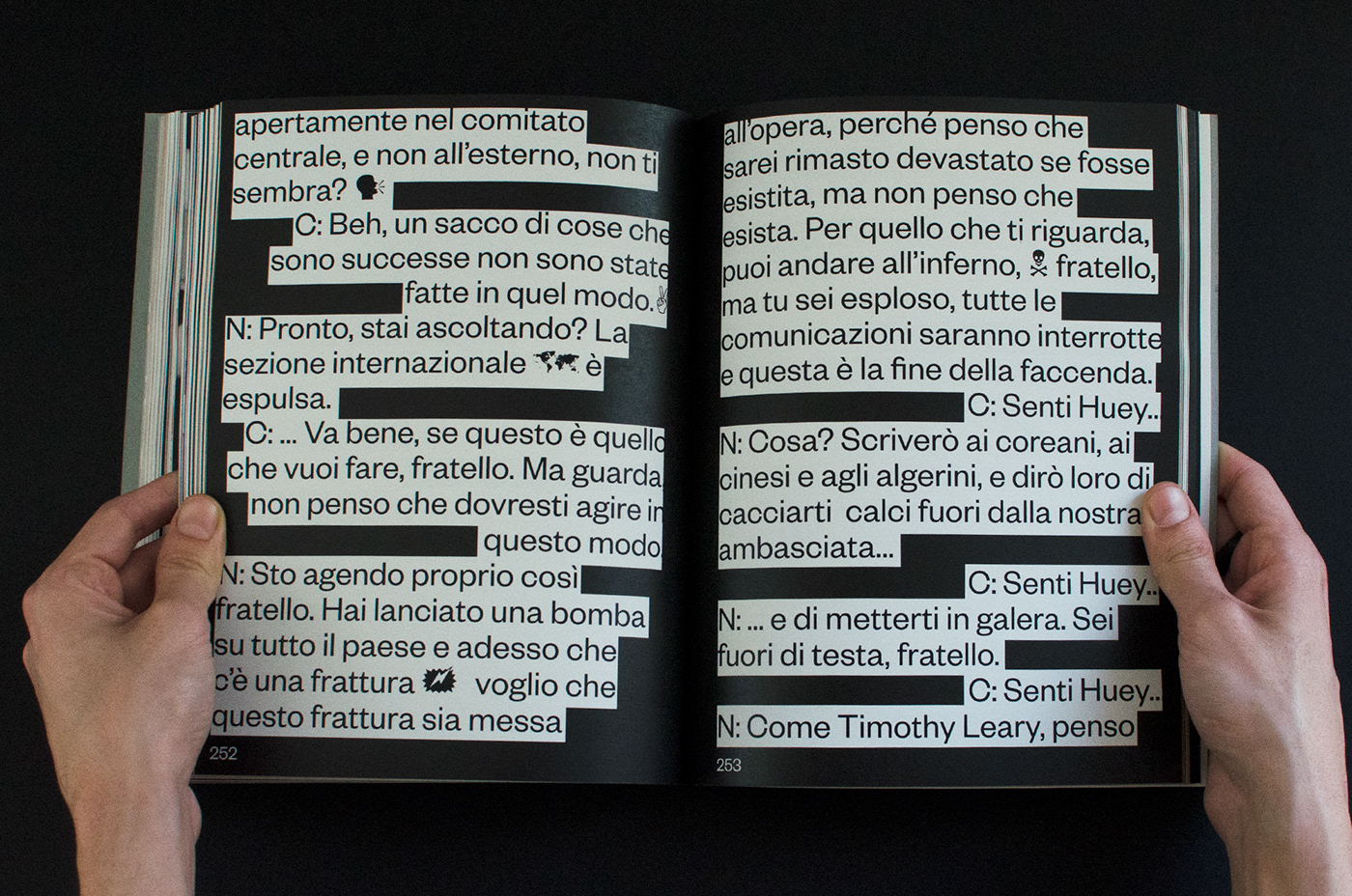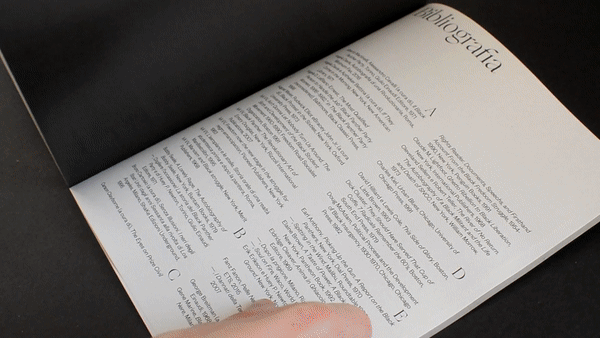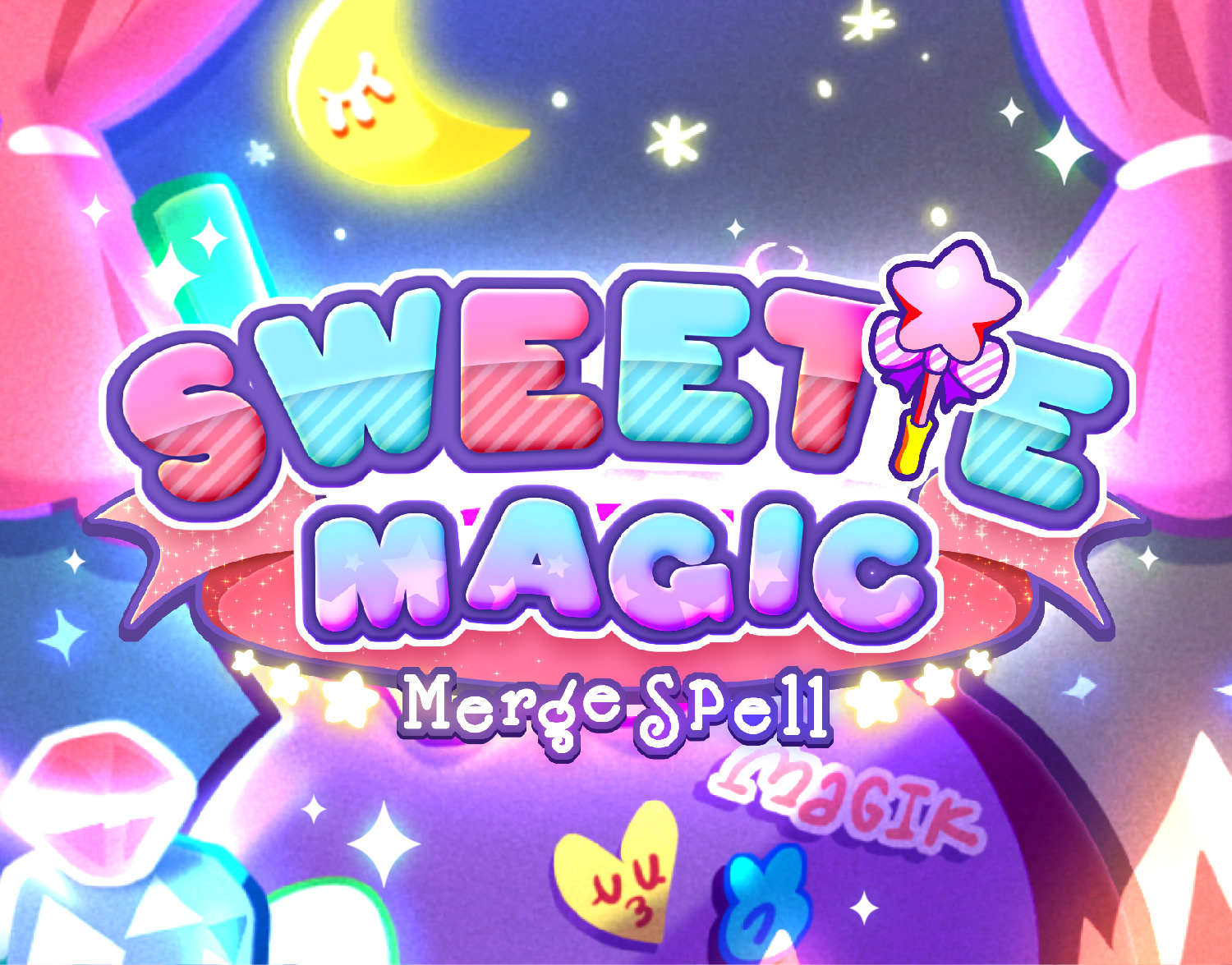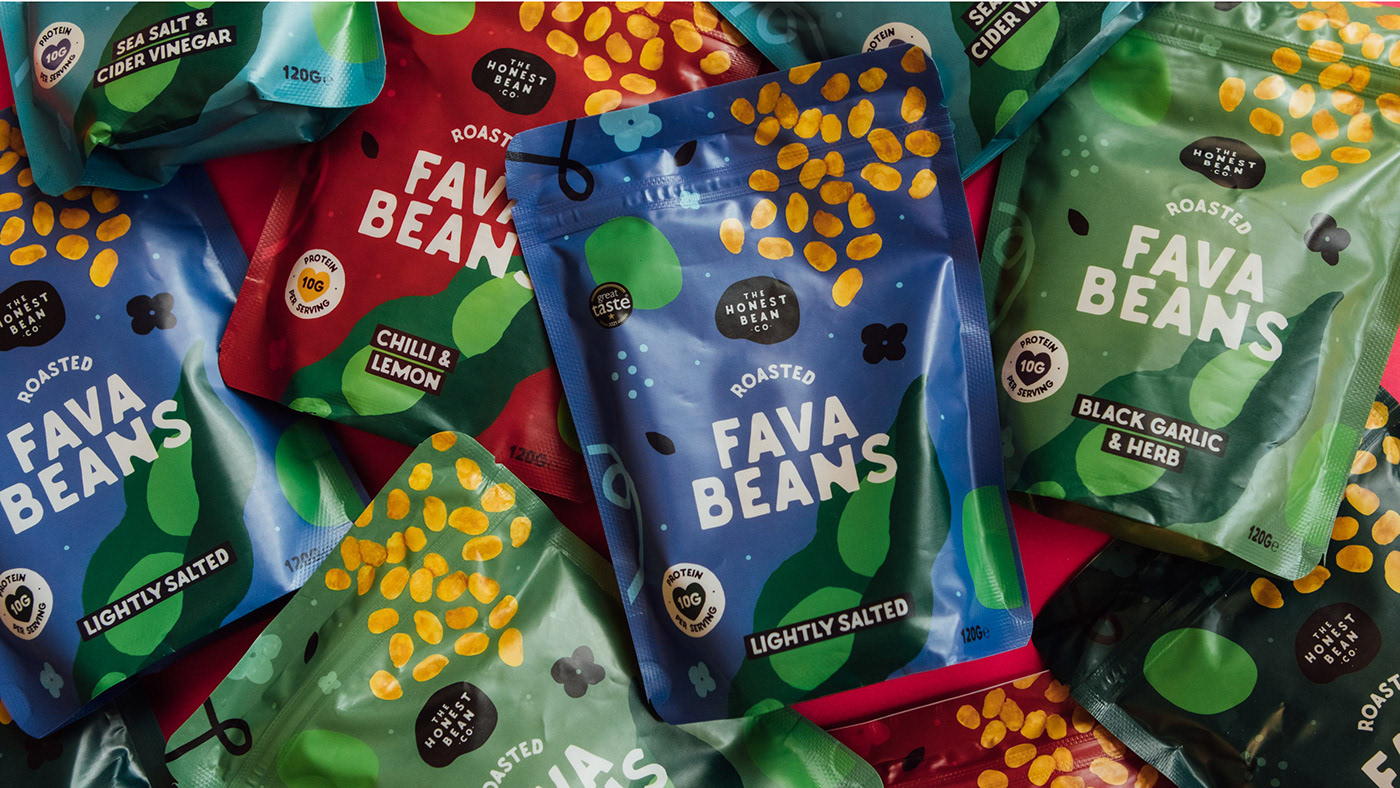
Editorial
La Grafica di Protesta del Black Panther Party come Strumento di Analisi sulla Memoria
ABSTRACT / ITA
Nell’ottobre del 1966 due giovani afroamericani: Huey Newton e Bobby Seale si incontrano in un centro di assistenza sociale del ghetto di Oakland, California, per scrivere il programma che dava vita a una nuova organizzazione politica: il Black Panther Party for Self-Defense. Lo scopo originale del partito era quello di pattugliare i quartieri afroamericani per proteggere i residenti da atti di brutalità della polizia. Il movimento subì un inevitabile mutazione in un gruppo rivoluzionario che toccò il cuore di tutti gli afroamericani e al suo apice, verso la fine degli anni '60, gestiva le proprie sezioni in quasi tutte le più importanti città americane. Per comprendere a pieno il movimento, è necessaria un’introduzione che fornisca la giusta chiave di lettura e consenta la valutazione del significato politico e umano dell’esperienza di questo partito, considerata come parte integrante della lotta rivoluzionaria del popolo afroamericano. Per assolvere a questo compito si esamineranno le tappe più significative del movimento di liberazione dei neri d’America, per inquadrare opportunamente il significato e il ruolo specifico del Black Panther Party, la cui ideologia e prassi politica hanno rappresentato un vero e proprio salto qualitativo nello sviluppo del movimento, e più precisamente il processo di segregazione-integrazione dei neri nella società americana, il rapporto tra sfruttamento di classe e razzismo, la questione della cultura nera e del nazionalismo nero. Non si tratta di ripercorrere la storia e il presente dei Neri d’America, ma di comprendere quanto tutto questo abbia riflessi che vanno oltre i perimetri di una particolare comunità e di un determinato Paese. In questo modo sarà possibile comprendere a pieno l’arte e l’enorme merito di Emory Douglas, Ministro della cultura del BPP nonché artista e grafico ufficiale del movimento. Emory Douglas si unì al partito nel 1967 come ministro della cultura. La sua grafica così prorompente e funzionale non solo definiva l’agenda del partito e ne caratterizzava l’orientamento ma divenne un vero e proprio memorandum per i movimenti posteri e un esempio unico ed irripetibile di indissolubile simbiosi tra arte e tutto ciò che può far parte di un movimento per i diritti civili. La sua grafica audace e provocatoria e le sue illustrazioni così innovative divennero la vera e propria firma di un’ epoca, uno dei marchi visivi più memorabili e duraturi di tutti i tempi, uno tra i più importanti lasciti di questo movimento.
ABSTRACT / EN
In October 1966, two young African Americans: Huey Newton and Bobby Seale met at a social assistance center in the Oakland, California ghetto to write the program that gave rise to a new political organization: the Black Panther Party for Self-Defense . The original purpose of the party was to patrol the African-American neighborhoods to protect residents from acts of police brutality. The movement underwent an inevitable mutation in a revolutionary group that touched the hearts of all African Americans and at its peak, towards the end of the 1960s, managed its sections in almost all of the most important American cities. To fully understand the movement, an introduction is needed that provides the right key to understanding and allows the evaluation of the political and human meaning of the experience of this party, considered as an integral part of the revolutionary struggle of the African American people. To accomplish this task we will examine the most significant stages of the black liberation movement of America, to appropriately frame the meaning and specific role of the Black Panther Party, whose ideology and political praxis have represented a real qualitative leap in the development of the movement, and more precisely the process of segregation-integration of blacks into American society, the relationship between class exploitation and racism, the question of black culture and black nationalism. It is not a question of retracing the history and present of the Blacks of America, but of understanding how much this has reflections that go beyond the perimeters of a particular community and of a particular country. In this way it will be possible to fully understand the art and the enormous merit of Emory Douglas, BPP's Minister of Culture as well as an official artist and graphic designer of the movement. Emory Douglas joined the party in 1967 as culture minister. His irrepressible and functional graphics not only defined the party's agenda and characterized its orientation but became a real memorandum for posterity movements and a unique and unrepeatable example of indissoluble symbiosis between art and everything that can be part of it of a civil rights movement. His bold and provocative graphics and his innovative illustrations became the real signature of an era, one of the most memorable and enduring visual brands of all time, one of the most important legacies of this movement.
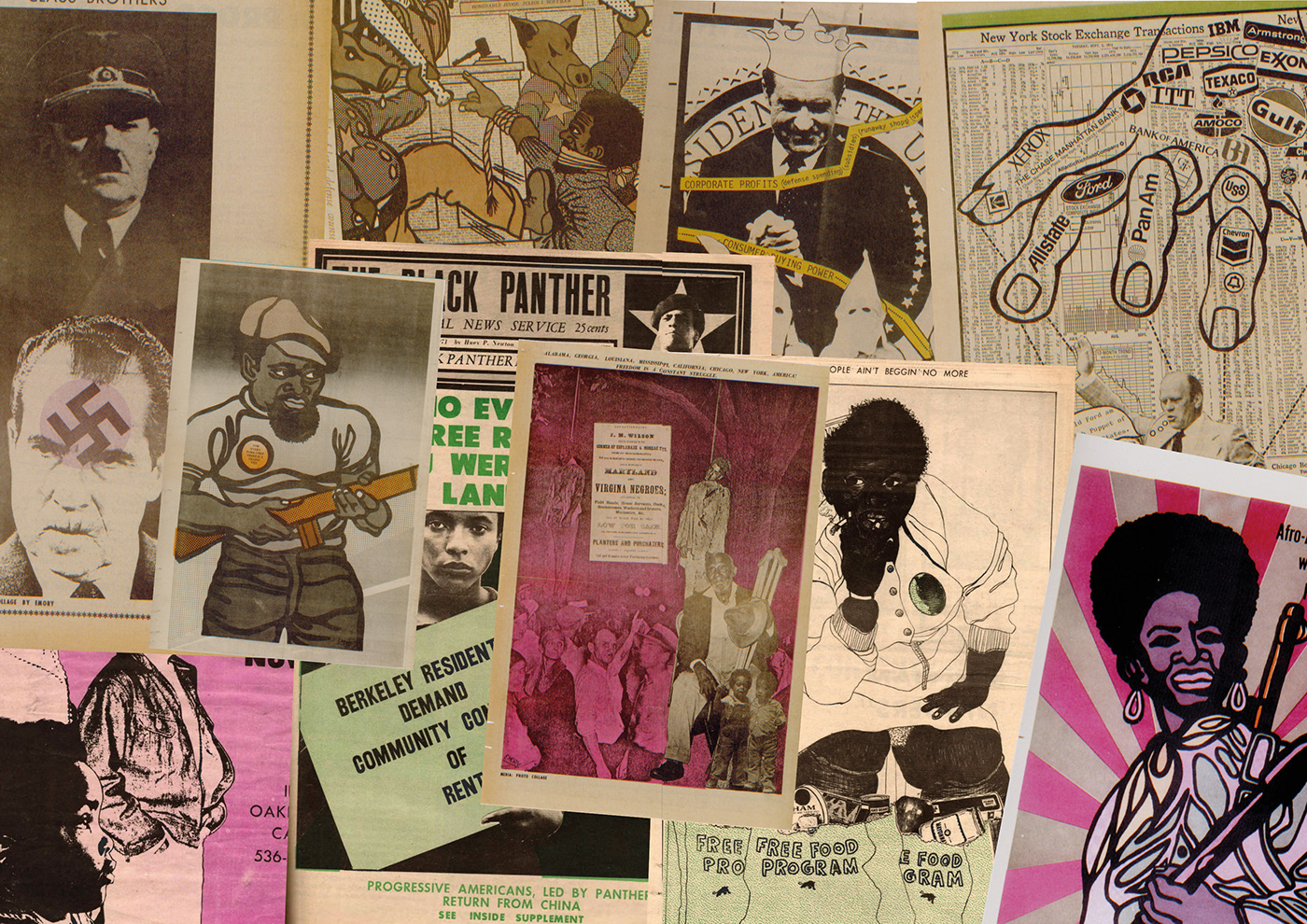
Cover






Inside










